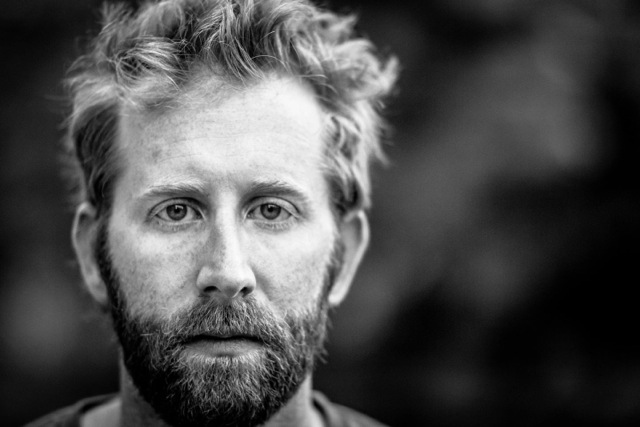The weekly TGCvocations column asks practitioners about their jobs and how they integrate their faith and work. Interviews are condensed.
Joe Dudeck is a husband to Lindsay and a father to Quinn. He lives just outside Indianapolis, Indiana, and attends College Park Church. Joe owns and operates both a photography business called Joetography and a content marketing firm called Keyhole Marketing.
 How would you describe your everyday work?
How would you describe your everyday work?
As a freelance photographer, there is no predictable “everyday.” Some days I’m doing a photo session with a client. Other days I’m holed up, editing photos. But I’m always working, in the sense that I’m observing and being sensitive to what’s around me. With the camera in my hand, I’m in a state of constant awareness.
What are you looking to capture in your photographs?
I take pictures of whatever is visually interesting and, of course, there’s a natural beauty in creation that reflects God as Creator. But I also like finding beauty in unexpected things, too: a weathered door, a clothespin hanging from a line, a rusty doorknocker, a broken-down fence. It’s intriguing to capture what isn’t obviously beautiful in the immediate sense. I think that says something true about our lives—that God is just as present and real in our greatest moments of crushing grief, despair, and loneliness, as he is in our seasons of joy and peace.
If a picture if worth a thousand words, can you be sure that your viewers understand what you are trying to communicate?
It’s okay if someone sees something drastically different than what I’ve seen. I don’t have to push viewers one way or another in terms of interpretation. In fact, I hope for multiple interpretations because I think it means that God speaks in different ways to different people. What’s really meaningful for me isn’t that people see what I see, but that the image has lasting meaning for them. Sometimes people tell me about a photograph that has really stuck with them over time. Months, sometimes years later, they still see the shot in their mind. That’s the power of an image.
What has your photography work revealed to you about the brokenness of the world?
I wrote an essay last year called “Life in Pixels,” in which I described the difference between seeing a photograph from a distance and with a closer, more magnified view. One has fully blended colors, lights, and shadows. The other is pixelated and allows you to see many small squares, which become a kind of mosaic of highlights and lowlights.
When you see life or the world like a photo, you realize that the darkest pixels add the greatest depth to the finished work. They provide the contrast necessary to make the bright elements even more brilliant. And that has taught me that the darkest moments in our own lives and in the world are maybe not desired, but they are best accepted as necessary when they come. The pixelated view is the one that allows you to trust that God is working all things together for good (Rom. 8:28).
Is there enough evidence for us to believe the Gospels?
 In an age of faith deconstruction and skepticism about the Bible’s authority, it’s common to hear claims that the Gospels are unreliable propaganda. And if the Gospels are shown to be historically unreliable, the whole foundation of Christianity begins to crumble.
In an age of faith deconstruction and skepticism about the Bible’s authority, it’s common to hear claims that the Gospels are unreliable propaganda. And if the Gospels are shown to be historically unreliable, the whole foundation of Christianity begins to crumble.



































